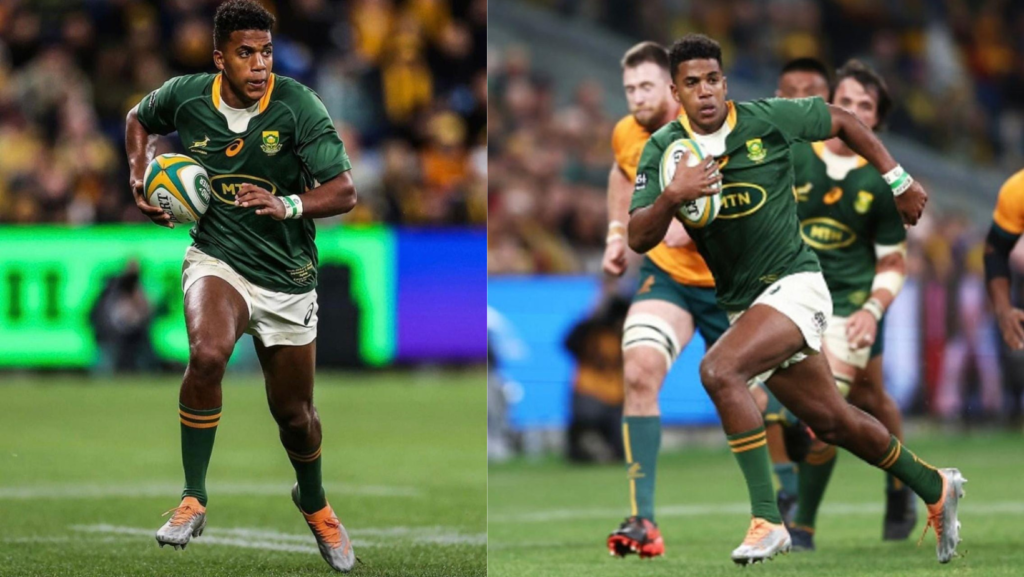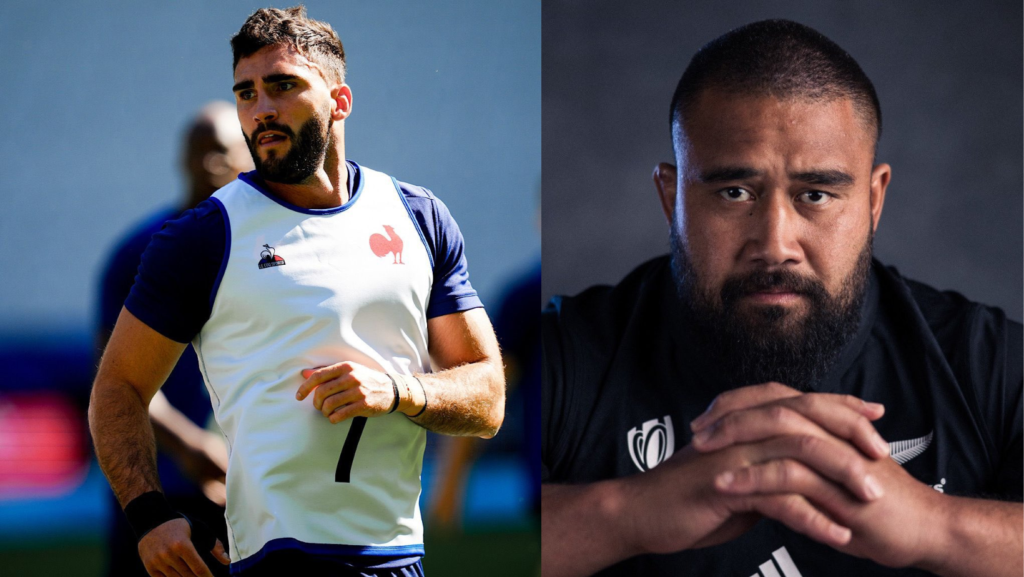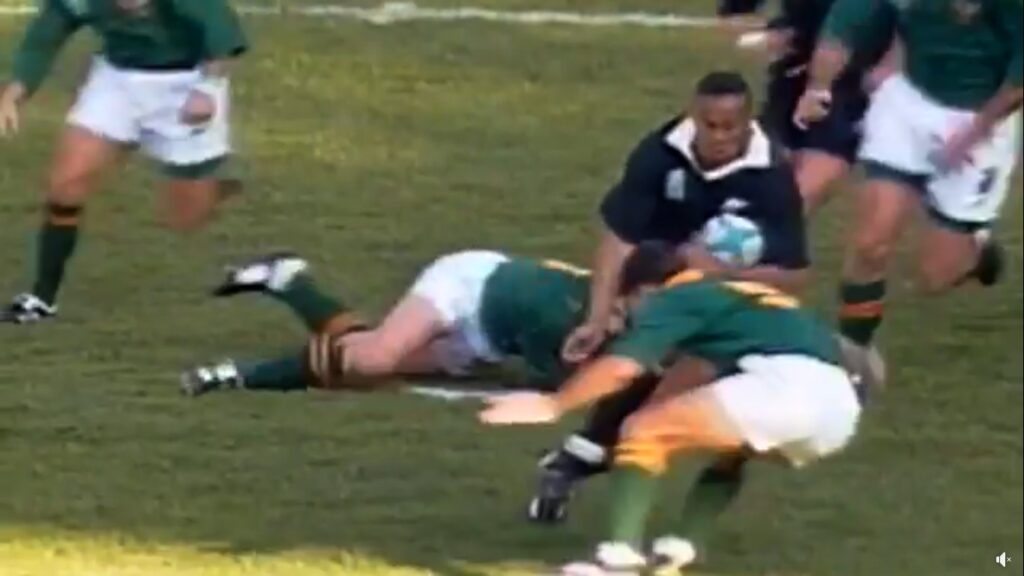
In that respect, the 2023 Rugby Union World Cup starts off at the Stade de France in Saint-Denis on September 8 with the best possible match-up. It may be the New Zealand All Blacks against South Africa’s Springboks that is rugby’s greatest rivalry, but in the context of the showpiece tournament, no match has left as many indelible memories as France against the All Blacks. Like the Springboks — World Cup winners in 1995, 2007 and 2019 — France too follow a 12-year cycle, having reached the final in 1987, 1999 and 2011. And on the second of those occasions, they beat the highly fancied All Blacks 43-31 in what is still widely regarded as the greatest World Cup game in history.
And this is where immortality comes in. Two of the central characters from that epic Twickenham semifinal (https://www.youtube.com/watch?v=TakuB1wDuFw) nearly a quarter-century ago are no longer with us. New Zealand’s Jonah Lomu joined the Celestial XI nearly a decade ago, after succumbing to the renal failure that cut short a career that thrilled like no other. That evening, Lomu scored two trademark tries, bulldozing his way through French players and tackles as though they weren’t there. Has professional sport ever seen a greater amalgam of pace, strength, fleet-footedness and composure than Lomu at his best?
After trailing by 14 points, France’s comeback for the ages was triggered by a wonderful try from Christophe Dominici, the wing who sprinted to collect a deft up-and-under from Fabian Galthie, the scrum-half. In November 2020, when the Covid-19 pandemic was at its height, Dominici – who had suffered with depression for years – climbed to the top of an abandoned building in Saint-Cloud. Passersby found his body hours later.
On Friday night, France, who have been in sparkling form over the past two years – winners of the Six Nations in 2022 and runners-up to Ireland in 2023 – will start another World Cup campaign on home soil with a familiar face on the sidelines to guide them. Galthie, whose sniping kicks and trickery were so central to that famous win those years ago, is now the coach, and for the first time in the competition’s 36-year history, New Zealand will head into a contest as underdogs.

Given that they won the Rugby Championship not long ago, only a fool would take the All Blacks lightly. But the alarm bells are ringing after they were thrashed 35-7 by the Springboks in a warm-up game at Twickenham, and though they should make it out of a relatively weak pool, it’s hard to see one of sport’s most storied sides going all the way to pick up a fourth trophy.
The number-crunchers have Ireland as favourites, though they have never gone past the quarterfinals before. Johnny Sexton is still around as talisman, and they have the world’s most feared wing in Josh van der Flier. The pack is mighty, the backs are fast and inventive, and Andy Farrell’s coaching has frequently given them an edge in close games. But with South Africa, the defending champions, and Scotland – boasting the dazzling skill and power of the South African-born Duhan van der Merwe – in their group, Ireland will have to be right on top of their game just to qualify for the last eight.
England and Australia are in a rebuilding phase, while Wales too have said goodbye to a golden generation of stars. For the first time, two northern hemisphere sides – France and Ireland – are the favourites, but such labels count for little in big tournaments. South Africa seldom create headlines between World Cups, but their appetite for the big occasion is unmatched. Even without the brilliant Handre Pollard and Lukhanyo Am – the fly-half and centre are both on the standby list after failing to recover from injuries – they have so much strength in depth and talent.
Canan Moodie has been a revelation at centre, and Cheslin Kolbe and Makazole Mapimpi are lethal finishers. Eben Etzebeth, their most experienced lock, is at the heart of a fearsome pack that frequently overpowers the opposition, and Jacques Nienaber, the coach, has carried on from where Rassie Erasmus left off in 2019.
Any of those four teams could walk away with the Webb-Ellis Trophy, but the beauty of the Rugby World Cup also lies in the upsets it can throw up. The Pacific nations like Fiji, Tonga and Samoa are always capable of surprises, even when their best players are poached by Australia and New Zealand, while Japan will hope for a repeat of 2015, when the immaculate kicking of Ayumu Goromaru upset the mighty Springboks.
If you watch the footage of that long-ago first final in 1987, when New Zealand beat France 29-9, the first thing that will strike you is how much smaller the players were. The advent of professionalism in the 1990s changed everything, with Lomu exemplifying that change. But sometimes, even size and speed are no match for sheer strength of will. Along with Kapil Dev’s catch in the 1983 World Cup final, Diego Maradona’s slalom goal against England in 1986 and the final moments of Borg-McEnroe in the 1980 Wimbledon final, one of the iconic freeze-frames of 20th century sport is from the Rugby World Cup final in 1995.

Lomu, who had trampled all over England in the semifinal, has been released into open space. Most South African fans are looking on, fearing the worst. All tournament, Lomu has been an unstoppable force of nature. But just as he builds up a head of steam, Joost van der Westhuizen, South Africa’s warrior scrum-half, dives in to tackle and bring him down (https://www.youtube.com/watch?v=0T3Z3Zku7no). In retrospect, it was far more than a tackle. It showed that even Lomu could be stopped. South Africa would go on to win a nail-biting final in added time, with Joel Stransky dropping a goal as Nelson Mandela looked on, wearing the No. 6 shirt of the captain, Francois Pienaar.
Van der Westhuizen died in February 2017, 15 months after Lomu, having suffered terribly with Motor Neuron Disease. Like Lomu and Dominici, his name is an integral part of the World Cup narrative. Three boys of summer, all gone. Yet, forever with us.



